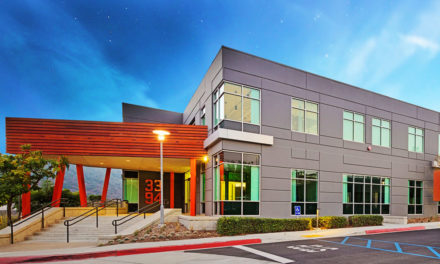Bates spoke at the National Museum of African American History symposium, “Shifting the Landscape: Black Architects and Planners, 1968 to Now”
WASHINGTON – The AIA announced in a press release dated October 4, that architects, planners and historic preservationists called for change in the design profession at the National Museum of African American History and Culture’s symposium.
The event, “Shifting the Landscape: Black Architects and Planners, 1968 to Now,” on September 28, examined equity and diversity issues in the architecture profession following civil rights leader Whitney M. Young Jr.’s keynote speech 50 years ago.
“Today, achieving diversity in the profession of architecture to mirror the broader society we serve is still a work in progress,” said 2019 AIA President Bill Bates, FAIA. “Ultimately, it is up to every architect to act on Whitney Young’s call to action … and we should remember that Mr. Young’s message, half a century ago—and throughout his life – was one of hope and the unshakable belief that one voice can be a catalyst for positive change.”
Young, who was the esteemed executive director of the National Urban League, delivered a keynote speech to the AIA National Convention in 1968 where he challenged architects to do more to address civil and social issues.
“At the end of the day, this issue reflects on our profession, making it our responsibility to lead the change we seek,” said Bates. “It is up to our generation to lay the foundation for positive change for those who will follow. It is clear to me that diversity will be an important part of our nation and the profession of architecture’s long-term success.”
Following Young’s speech, the AIA created the Diversity Advancement Scholarship, which provides financial support for underrepresented minority students studying architecture. Since that time, the AIA and the Architects Foundation have expanded the program to include as many as 20 recipients. Complete details of the scholarship are available online.
About AIA
Founded in 1857, AIA consistently works to create more valuable, healthy, secure, and sustainable buildings, neighborhoods, and communities. Through more than 200 international, state and local chapters, AIA advocates for public policies that promote economic vitality and public wellbeing.
AIA provides members with tools and resources to assist them in their careers and business as well as engaging civic and government leaders and the public to find solutions to pressing issues facing our communities, institutions, nation, and world. Members adhere to a code of ethics and conduct to ensure the highest professional standards.



